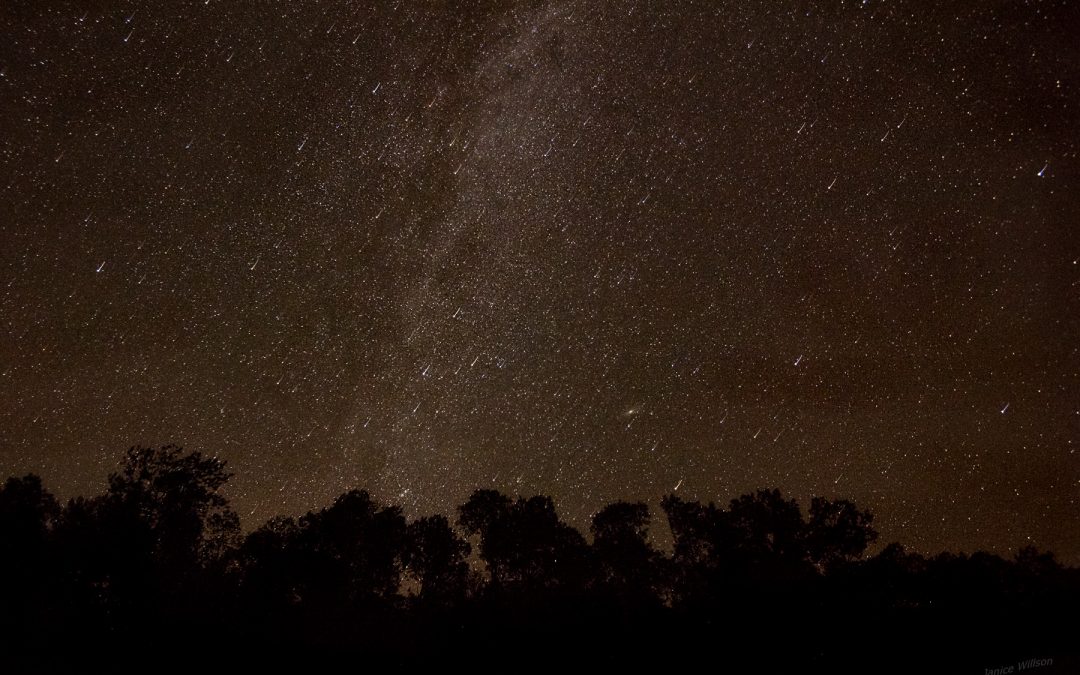Last Saturday, June 30 was Asteroid Day. Who knew there was even such a thing and why on earth would we need such a day? What on earth is Asteroid Day? It is a UN sanctioned global awareness campaign with world-wide events planned, a website, and 48 hours of live content with many astronauts, experts and celebrities. The website has an amazing amount of information on asteroids; probably more than the average person would ever want. Here comes the very trippy part of this day, the origins. “In February 2014, Dr. Brian May, astrophysicist and famed guitarist for the rock band QUEEN, began working with Grigorij Richters, the director of a new film titled 51 Degrees North, a fictional story of an asteroid impact on London and the resulting human condition.” Maybe this is not so trippy but still pretty cool. I have blogged about Brian May before in my article about polymaths but I still find it awesome (and humbled by it) when I find out how smart some people (famous or not) actually are.
Beginning with this initial collaboration, Asteroid Day has evolved into a world-wide annual event with a focus on early detection to help protect the world from an Earth-destroying impact. The date of June 30 represents the anniversary of the largest impact in recent history, the 1908 Tunguska event in Siberia. This was a large explosion over the sparsely populated area in Russia that flattened 2,000 square kilometres of Siberian taiga (boreal forest). It is generally held to be an air burst of a meteoroid. One of the most interesting facts of this event is that even though it is considered an impact event, no impact crater has ever been found. It is believed that this extraterrestrial object disintegrated at an altitude of 5-10 kilometres above the earth rather than hitting it. Estimations of the size of this meteoroid vary from 60-190 metres but these estimates would depend on if the body of this object was a comet or an asteroid. If this had happened over a more populated area, the human devastation would have been high.
Russia seems to be the focus of many of the meteors in recent history (this is not because of any malice on the side of the meteors, Russia just has a lot of territory to be hit).The Chelyabinsk meteor a super bolide, an extremely bright meteor when it explodes in the atmosphere, was approximately a 20-metre asteroid that came streaking across the morning sky on 15 February 2013. The explosion produced a huge flash of light that could be seen even in neighbouring regions, a cloud of dust and gas, many smaller meteorites, and a shock wave that blew out windows and caused damage to over 7,200 buildings. It was also the cause of close to 1,500 non-direct injuries, mostly caused by windows shattering. More recent meteors were seen on June 21 over many Russian cities and during Foo Fighters drum solo in the Netherlands on June 16. You have to watch this video; it is too perfect in its timing!
Science warning! Let us discuss the differences of the heavenly objects now, so we all know what is what. A comet is a small body made of ice, dust, and small rocky particles that orbits the Sun and displays a tail when close to it. Asteroids are also relatively small objects that orbit the Sun and are also known as planetoids. Their make-up is mostly rock, metal and sometimes organic compounds. They are similar to comets but do not exhibit a tail. I like to compare as hamsters (asteroids) and gerbils (comets)…sort of. Meteoroids are smaller pieces of rock or debris floating around the Solar System and range from the size of dust to 10 metres in diameter. If they are bigger than that, they are usually classified as an asteroid. If that meteoroid burns up when entering the atmosphere, it is then referred to as a meteor. That shooting star that you wish upon is, you guessed it, a meteor. The last one discussed here is the meteorite. This is the otherworldly object that survives the trip through the atmosphere and strikes the Earth. Side note here: if you can find them, meteorites can fetch quite the sum depending on their type, provenance, condition, and aesthetic appeal. Rare examples of lunar or Martian meteorites may sell for over $1,000US per gram. I don’t know about you but this makes me want to go looking for them.
And speaking of asteroids: now is the perfect time to see one with the naked eye (although a telescope or binoculars would make viewing much easier). Vesta 4 will remain visible in the southeast sky in the constellation of Sagittarius between Mars and Saturn until mid-July. In the solar system’s asteroid belt it is second in size and brightness only to Ceres, the dwarf planet. It is 3x larger than the UK and travelling at breakneck speeds of 19.34 km/s. Luckily, it is currently traveling at a distance of 170.5 million km from this planet. Good news. At this size, if it were to hit the Earth it would most likely annihilate all life on the planet; it would be hard to walk away from an impact of this size.
With all the action that takes place in our solar system in general and coming through our atmosphere in particular, isn’t it a good thing that there are people ‘in the know’ that are contemplating and discussing asteroids? Maybe Asteroid Day is not as strange as it first seems. An impact of any size would not make for a happy day. So thank you to all who are participating.
–Janice Willson
If you are just starting out in stargazing, you benefit from reading this beginners guide to astronomy: https://hobbyhelp.com/astronomy/?msID=49e1e3c9-49f5-4259-a6ea-7f13a8cf11d7
References:
https://youtu.be/ZPCt5t_PZHM
https://en.wikipedia.org/wiki/Chelyabinsk_meteor
https://theskylive.com/vesta-info
Photo source: the author *Note – This photo was taken along the Hwy 60 corridor in Algonquin Park (ON) during the Perseid meteor shower, Aug. 2017

